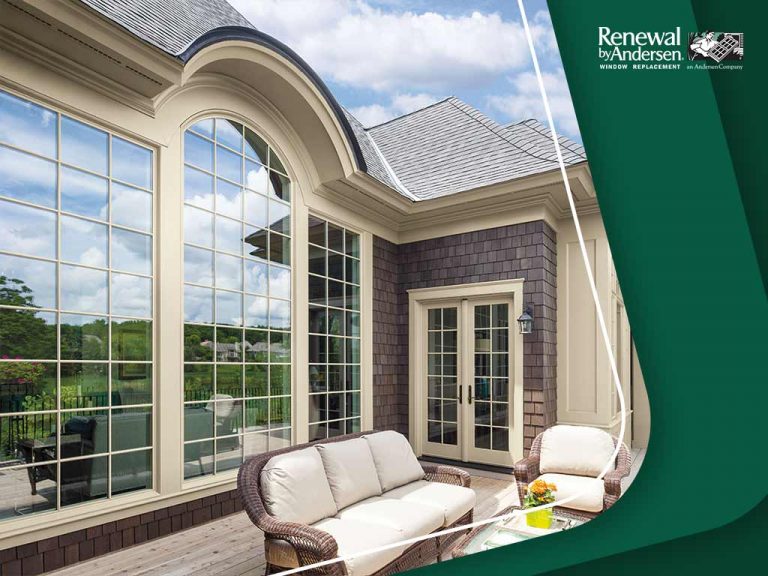MENU


You may have noticed white labels with numbers on replacement windows. These labels are called Energy Performance Labels, and the ratings printed on them can help you choose the windows that your home needs. Renewal by Andersen® of San Francisco takes a look at two important ratings: U-Factor and Solar Heat Gain Coefficient (SHGC).
What Are Energy Performance Labels?
Energy Performance Labels are created by the National Fenestration Rating Council (NFRC) as an industry-standard rating system for fenestrations, which includes windows, entry doors and skylights. If you have specific requirements for a particular room in your home, Energy Performance Labels help you narrow down your choices. For example, if you want to improve the natural lighting in your living room, buy replacement windows with a Visible Transmittance (VT) value close to 1.0.
U-Factor
U-Factor is one of the four ratings indicated on Energy Performance Labels. It measures the heat transfer rate, or how quickly heat passes through the window. U-Factor is represented as a value between 0.20 to 1.20. The lower the U-Factor is, the better insulation the replacement windows have, which can help reduce your indoor cooling requirements.
Windows with features like dual-pane glass and insulated frames, including those offered by Renewal by Andersen of San Francisco, tend to have favorable U-Factor values. Renewal by Andersen replacement windows feature Fibrex® material frames and High-Performance™ Low-E4® glass packages, both of which contribute to keeping the U-Factor values low. Note that some brochures refer to R-Value, which measures heat resistance, instead of U-Factor. A replacement window with a low U-Factor will have a correspondingly high R-Value.
SHGC
SHGC measures the heat gained from direct sunlight or, to be more accurate, invisible infrared rays. It is represented as a value between 0.0 to 1.0. A lower SHGC value means less heat gain from sunlight. Thanks to low-emissivity coatings – standard in our High-Performance Low-E4 glass – it is entirely possible to have low SHGC values with high VT values. This means you can enjoy natural light without worrying about increasing your energy consumption.
To learn more about our windows replacement options, call Renewal by Andersen of San Francisco today at (866) 609-5033. You can also fill out our contact form to schedule your free no-obligation consultation. We serve San Francisco, CA, and surrounding areas.